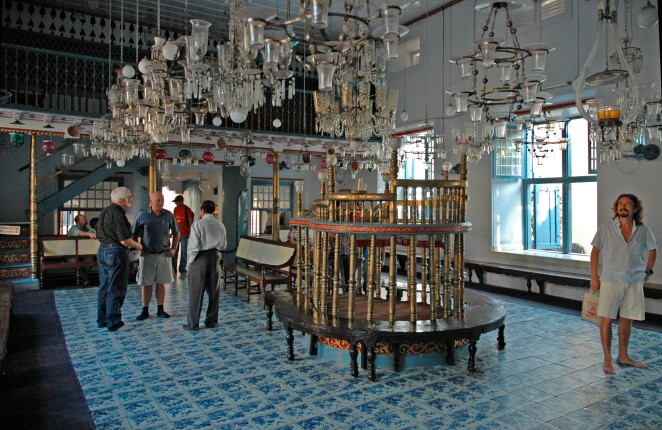Must-see places in Cochin
1. Mattancherry Palace:

Mattancherry Palace was gifted to the Raja of Kochi, Veera Kerala Varma by the Portuguese in 1555. The palace was later renovated in 1663 by the Dutch, which gave it an alternate name, The Dutch Palace. The Mattancherry neighbourhood is full of colonial buildings. The palace lacks the grandeur that is often expected of a palace; however, there is a small museum and some rare art inside, including paintings of previous kings and some preserved Hindu murals, depicting scenes from the Ramayana, Mahabharata and Puranic legends in intricate detail. People who love history should definitely check this place out.
2. Kerala Folklore Theatre and Museum:

The Kerala Folklore Theater and Museum is a privately owned museum located in the outskirts of Ernakulam. Opened in the year 2009, the museum showcases the rich heritage that Kerala exudes through its numerous art and dance forms. Artifacts that bear the scent of bygone era like masks, sculptures, in wood, stone and bronze, costumes of traditional and ritual art forms, musical instruments, traditional jewelry, manuscripts of rare medicinal and astrological secrets, and Stone-Age utensils are all preserved in this museum with utmost care. It is a great place to start if you are interested in learning about Kerala’s culture. Its architecture is magnificent. Stage performances usually take place at 6.30 p.m. everyday.
3. Paradesi Synagogue:

Built by the early Jewish traders in 1568 adjacent to the Mattancherry Palace, this synagogue was partially destroyed by the Portuguese and rebuilt again by the Dutch. It features an ornate gold pulpit and elaborate hand-painted, willow-pattern floor tiles from Canton, China, which were added in 1762. It’s magnificently illuminated by Belgian chandeliers and coloured-glass lamps. The graceful clock tower was built in 1760. Shorts, sleeveless tops, bags and cameras are not allowed inside.
4. St. Francis Church:

St. Francis Church was built in 1503. It has great historical significance and is considered to be the oldest European church in India. The Portuguese explorer Vasco da Gama died in Kochi in 1524 and his body was originally buried in this church, but after fourteen years his remains were removed to Lisbon. Originally built by the portugese, it was subsequently claimed by the Dutch and British.
For more information, please visit Icityzoom.com

















